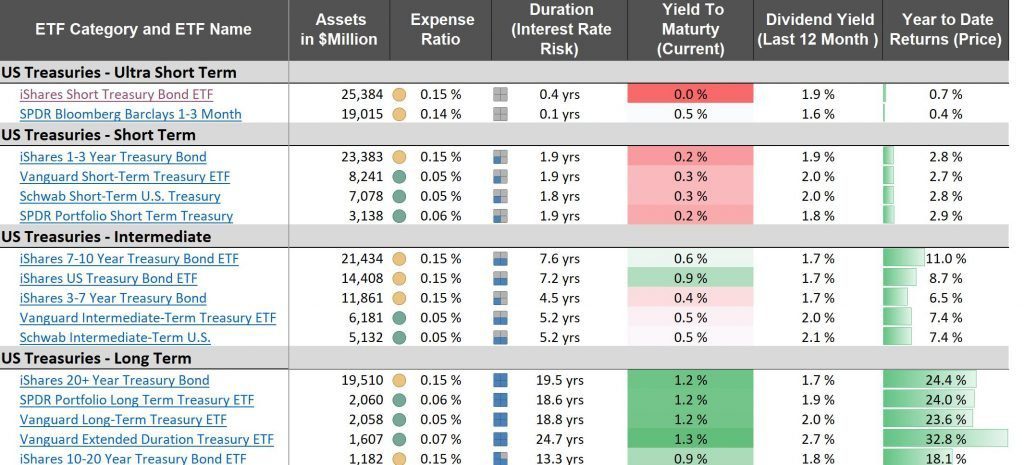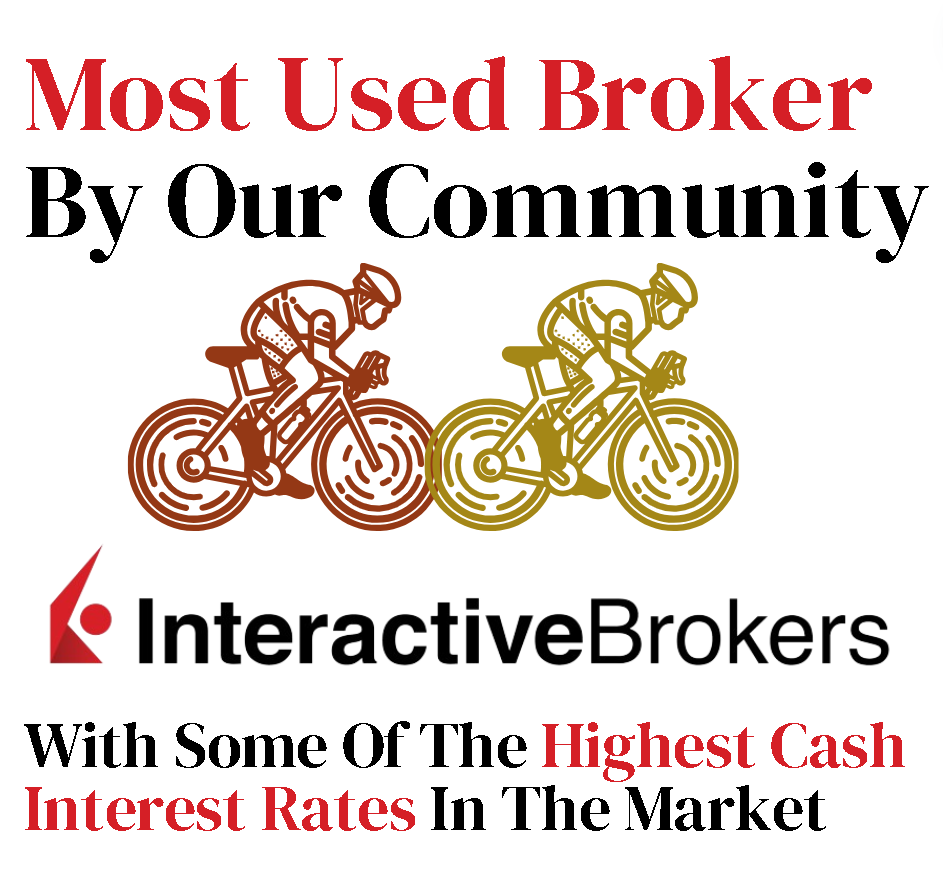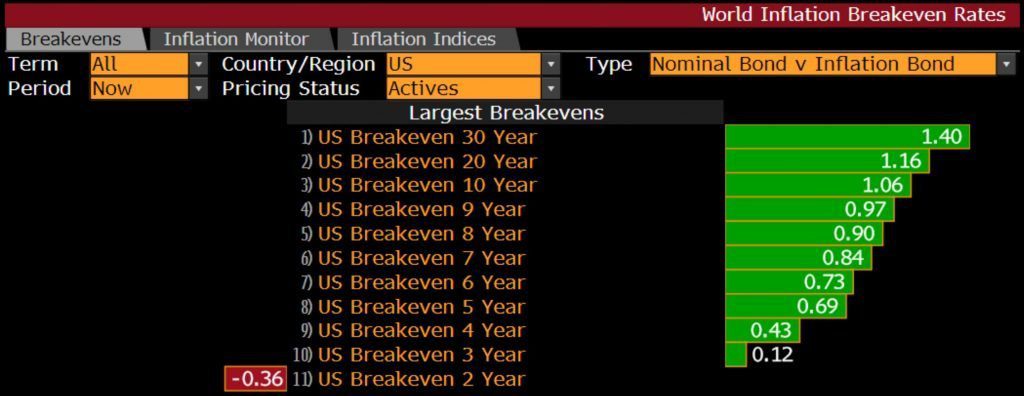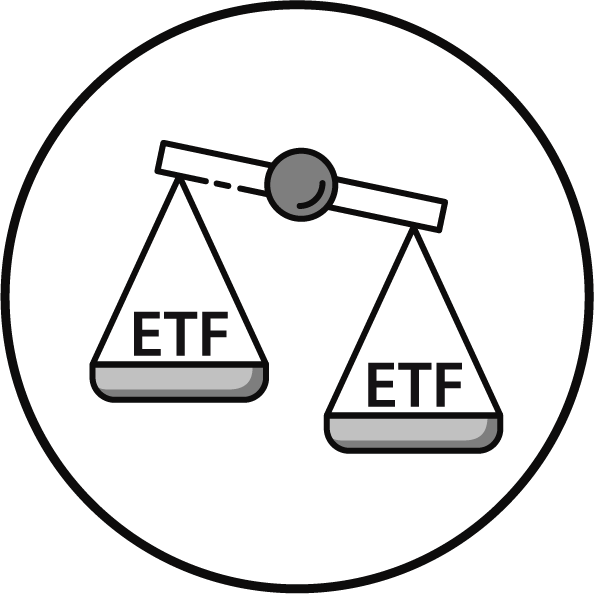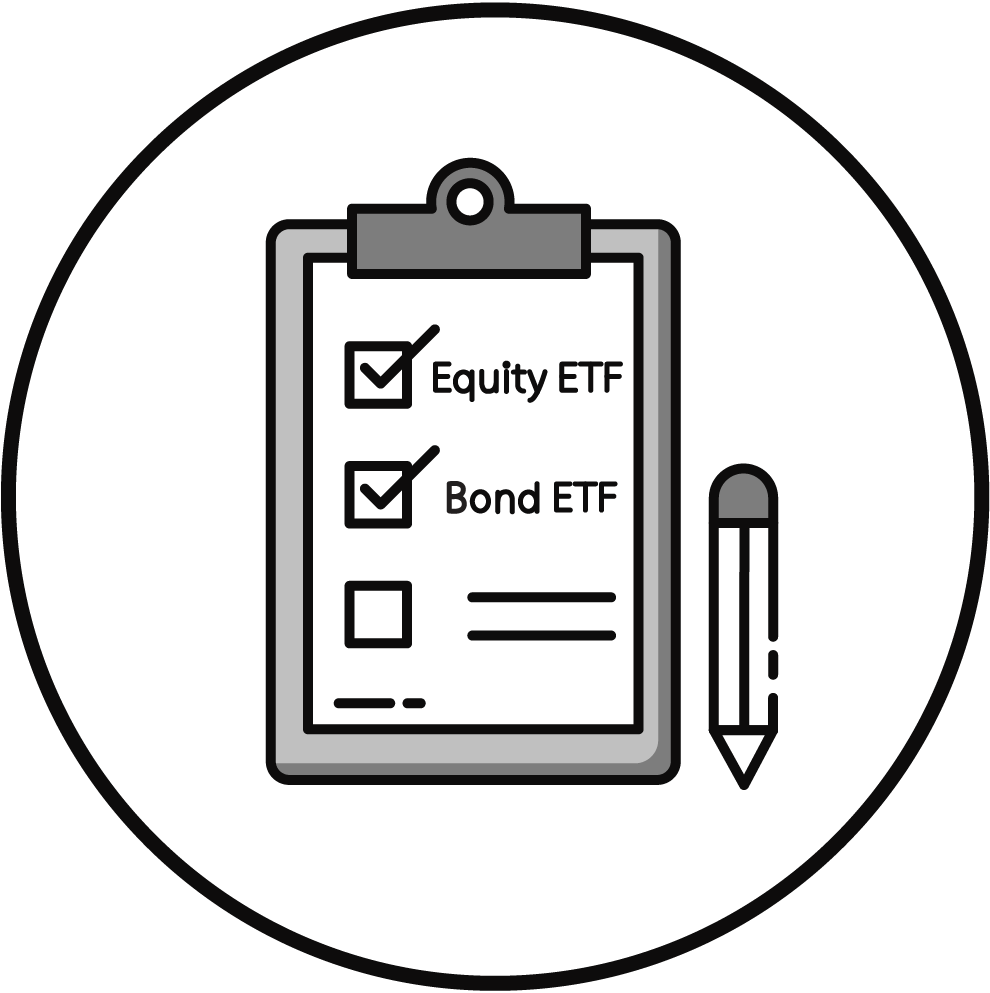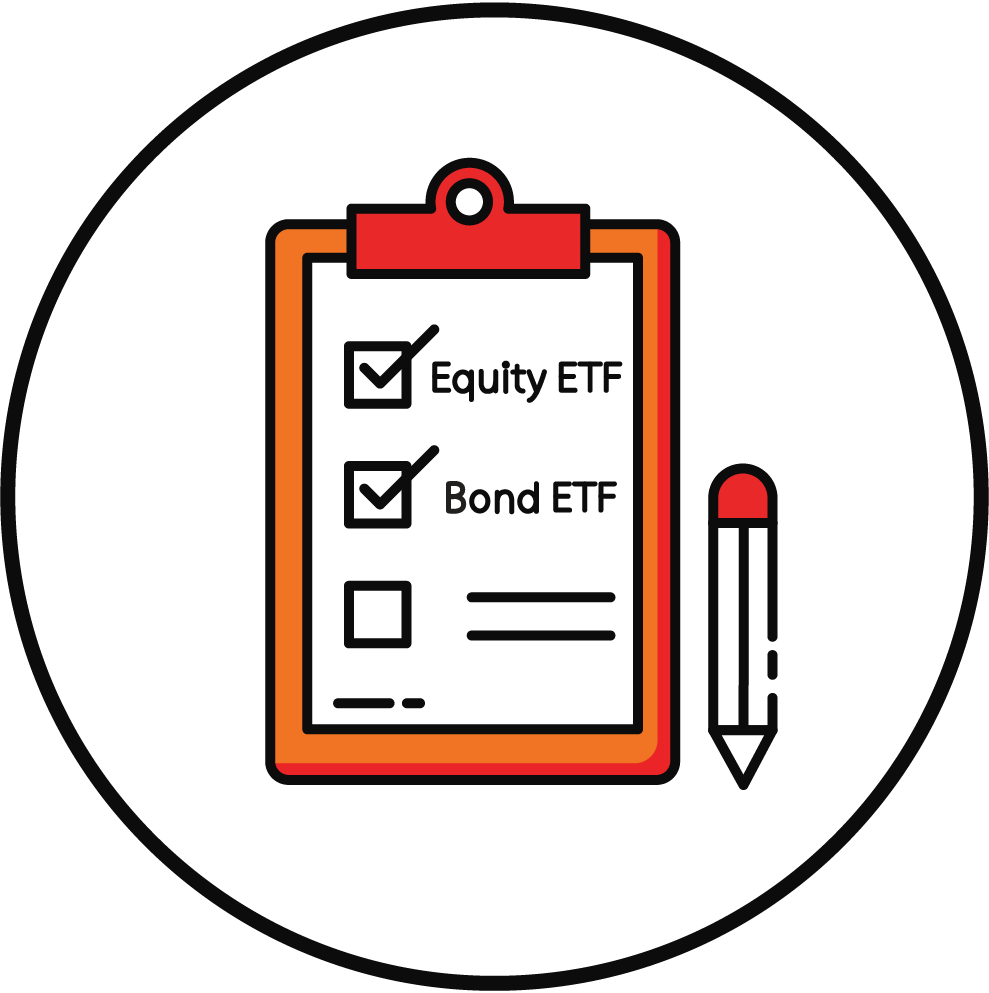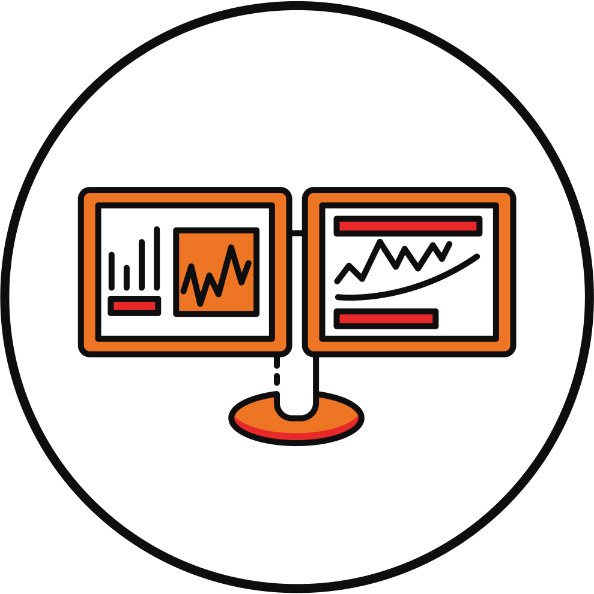
What performance can you expect from Treasury Bond ETFs in 2020? There are ample Equity ETF materials and the average saver is relatively familiar with how they function. However, Bond ETFs are less covered due to their complexity and perceived being less sexy and juicy. We aim to cover some of the main groups in a series of articles starting with US Treasury Bond ETFs.
Current Market Situation for US Treasury Bond ETFs
- The dividends that the ETFs generated over the past 12 months were broadly between 1.5% and 2%
- These dividends are a combination of Coupons and Capital Gains since the asset manger rolls older bonds (sold at premium given that interest rates fell recently)
- Thus, Past 12 Month Dividend Yields were significantly higher than Current Expected Yields
- On top of dividends, Treasury ETF prices rallied considerably on the back of decreasing interest rates during the Coronavirus Bear Market
- However, Interest Rates are reaching a floor now with significant impact
Summary of Key Treasury Bond ETF facts
- Below are arguably the main categories of US Treasury Bond ETFs with its largest issuers and some of the lowest ETF Expense Ratios (see our Best Bond ETF Dashboard)
- Bonds act as traditional diversifiers for an Equity portfolio
- Duration is a measure of interest rate risk and is the main risk for Treasury Bonds
- Underlying bond prices will fall more once interest start rising if duration is higher
- The Current Yields on the below ETFs are a combination of Real Yields (what you actually generate after accounting for Inflation) and Inflation
If you had Treasury ETFs in your portfolio going into 2020, WELL DONE! The YTD Returns range from low single digits for Short Term US Treasury ETF to over 30% for long term treasury bond ETF and have fulfilled their role as hedge and done remarkably well during the Coronavirus Market Crash (despite some periodic hiccups)
However, the current situation is somewhat asymmetric. While some argue higher yields are possible (should inflation come back) the consensus seems to be that lower rates are here for longer. Hence, the current yields should be your expected return from these ETFs.
What are the market’s expectations for Inflation? 1.06% for 10 year horizon which means that the Ishares 7-10 Year Treasury Bond ETF is currently expected to generate a real yield of (0.6%-1.06%) = -0.46%. Should these expectations persist, you will actually get negative value out of holding Treasury ETFs. Given the very strong past performance this is what you can expect from Treasury Bond ETFs in 2020 as a base case.
That’s also one of the reasons Gold performed so well. There is no opportunity cost of holding it (Read a simulation of Gold vs. Bonds diversification for S&P 500 Portfolio) (storage costs money but you don’t have a negative real yield on it!).
(Read also which factors affect Gold Prices and relative potential in current market)
In an inflationary scenario you should expect the ETF Treasury Bond Prices to fall (understand why). Broadly speaking the longer the duration the more significant the ETF price drop (think of an approximate potential price drop as equal to “Duration” as in the table above times “the increase in interest rates”). E.g. if real rates don’t change and inflation increases by 1% then the iShares 7-10 Year Treasury Bond ETF price will drop by 1% x 7.6 = 7.6% (this is extremely simplistic but enough to understand the concept of interest rate risk, for more see here)
The Big Picture - Role in Portfolio Asset Allocation
This may not be a reason to lighten significantly on Treasuries given that they play an overall role in a balanced portfolio depending on your objectives, time horizon and risk tolerance.
Remember, while your expectations for future returns of Treasury Bond ETFs should be realistic Stocks generally move in an opposite way to Bonds. Bonds still provide you with diversification.
However, one should also consider adding other diversifiers given that e.g. there is currently no opportunity cost in getting exposure to Gold and given it’s past performance (we have analysed it over the past 30 years). You could think of Gold as yet another currency in your portfolio that won’t lose purchasing power (which holding Treasuries/USD will)
From Bankeronwheels.com
Get Wise The Most Relevant Independent Weekly Insights For Individual Investors In Europe & the UK
Liked the quality of our guides? There is more. Every week we release new guides, tools and compile the best insights from all corners of the web related to investing, early retirement & lifestyle along with exclusive articles, and way more. Probably the best newsletter for Individual Investors in Europe and the UK. Try it. Feel free to unsubscribe at any time.
🎁 In the first email, you can download a FREE comprehensive 2-page checklist to construct & monitor your portfolio and clean up your personal finances.
Research the appropriate ETF based on your needs
- Vanguard provides a quick 11 question questionnaire that will help you decide how much should be allocated to Bonds in your portfolio (these may also include Investment Grade Bonds).
- We have done some research for you and the Large US Treasury Bond ETFs are listed here. They also have some of the lowest expense ratios and are fairly liquid. These are considered to be some of Best and Largest Fixed Income ETFs by market participants.
- A more comprehensive list of US Government Bond ETFs can be found here or here
- To find out more about Fixed Income ETFs you can also consult BlackRock’s guide
Investigate Liquidity, Fees, Commissions and Taxes
- Check the size of the fund and liquidity – it is usually preferable to stick to the larger vehicles that are more liquid (why liquidity matters)
- Low fees are the most cost-effective feature of an ETF – make sure you select a low fee vehicle. Check the expense ratios from our Dashboard or the ETFdb website and plug them here. You can compare the effect of fees on your overall returns using our ETF fee calculator. You may be surprised of the high impact
- How is the purchase or sale of an ETF going to affect your tax return? While U.S. based ETFs have many tax advantages, a foreign ETF may not be so tax-friendly and therefore not cost-effective. Tax implications vary from region to region
- Verify any commissions and fees charged by your broker
DISCLAIMER – the views expressed here are my own personal views. The information provided is general in nature only and does not constitute personal financial advice. You should consider the appropriateness of the information having regard to your objectives, financial situation and needs, and seek professional advice where appropriate. This website is not affiliated with any of the investment firms for which products are described here. These are meant to be illustrative investments. Please remember that past performance may not be indicative of future results. Different types of investments involve varying degrees of risk, and there can be no assurance that the future performance of any specific investment, investment strategy, or product made reference to directly or indirectly in this newsletter (article), will be profitable, equal any corresponding indicated historical performance level(s), or be suitable for your portfolio.

